How to Use Water Temperature to Find and Catch More Largemouth Bass
You may be wasting your time if you don’t fish these spots
during each season
Water temperature is the most important factor to take into consideration when trying to find a spot to start fishing for largemouth bass. This is especially important when it comes to what water temperature bass spawn in. The temperature will lead you to a general location that you can start working to fine tune and increase your chances of catching more bass. It’s critical that you know the temperature of the water and understand how bass respond to that particular temperature.
It’s easiest to group temperatures and bass habits of such in each of the seasons but remember we are talking about the water temps and not the air temps. We won’t speak about lures just yet, that will come in a later lesson.
Summer: 75° and up
When water temperatures are warm bass will respond by being more active. Largemouth bass will be actively feeding during this temperature window but you will have to put the lure in front of them to get them to bite.
The summer bite can come in many forms depending on the area of the country you live in. In northern states where the summer is milder you may be able to find bass in shallow water all day long. There is not as much of the uncomfortable heat to escape as there would be for bass that live in southern waters.
This being the case, you can find bass feeding around docks, weed lines and other shallow cover. The potential for finding bass in these areas is increased when there is quick access to deep water nearby. This is what you should be looking for. Whether its docks near creek beds or vegetation that is near deep ledges.
For anglers in the south your best bet for shallow water bass during the summer temps is early morning and late evening and nighttime. The rest of the time it is just way too hot for bass to be in the warm shallows. It’s in these situations that you will need to identify some offshore structure to begin your hunt. Ledges, humps and deep points are going to be areas to start targeting.
Fall: 55° - 75°
As the water temperatures cool when the fall season comes in, you will start to see better opportunities at catching bass as they take advantage of spawning baitfish to fill up for the oncoming winter weather.
The cooler water allows them to stay shallower and position themselves around cover and structure where baitfish are spawning nearby. The backs of creeks is prime ground at this time of year. Other target areas include flats that are protected from wind. And when the wind does kick up make sure you are working shoreline where waves are crashing in. The current will be pushing baitfish in these areas and it could be a goldmine for bass looking to ambush easy prey.
Winter: 48° and below
When the water is in the temperature range, bass will be mainly in deep water trying to get away from the cold of the surface. This, like the extreme temps of the summer is another time to key in on offshore structure. Again we find ourselves with extreme differences between what is happening in northern states versus what is happening in southern states.
With their milder temps, bass in southern waters may still be able to be found in shallower water. Especially where creeks are entering the lake and bringing fresh and slightly warmer water into the lake. But the general rule will still be to target areas in deep water.
This is especially applies to anglers in northern states where water can get very cold and render bass extremely inactive. I won’t talk about ice fishing here because, well, I know nothing about that. But if you are still able to get on the water make sure you are looking deep and fishing sloooowwwww.
Download the Bass Fishing water temperature chart
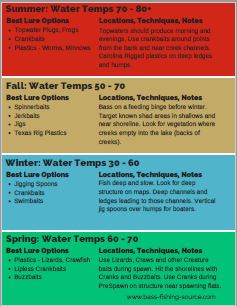
Spring
Spring is a unique time of year that kind of has 3 seasons within itself where the bass do different enough things in these 3 slots that they deserve their own explanations.
Pre-Spawn - 45° – 55°
During the prespawn period, Largemouth start to move in from the depths closer to the shallow flats that they will use as their spawning ground. During these temps you first need to find those potential spawning grounds.
These will protected bays or sloughs that will be shallow and contain soft bottoms for the bass to clear a nest.
Once you have found these areas you should look to structure just outside the spawning grounds in deeper water.
- Points
- Humps
- Creek Channels
These are all spots that bass will start to move to before they go into spawning areas.
Spawn Water Temps: 55° - 65°
Once water temperatures hit this window, bass will be moving into those spawning areas to take care of their business. This is the time where they are focused on one thing and only one thing. In most cases bass spawn shallow enough that you can actually see them. This is the time for sight fishing and this can yield some heavy hitting Largemouth. Bass spawn water temps are between 55 and 65 degrees.
Post Spawn: 65° - 75°
This is a challenging one. After the spawn, bass pretty much scatter. The big females are already in transition to their summer spots. Males can still be found around shallows headed for deeper water.
The logic here is that bass are in recovery mode from an exhausting spawning period. Before they take their place for the summer, some will suspend in water close to structure. For those in the shallow pattern, weed lines and current breaks are some areas that could hold late movers.
Either way, the postspawn will require some patience. Not only are the bass scattered throughout but they aren’t quite in feeding mode just yet while they recover.
You’ll really want to use a search-bait strategy here until you can find the bite. Just have a method to this madness and you can and will find the bass.
Learn more about Largemouth bass fishing.
Go back to the bass fishing home page.
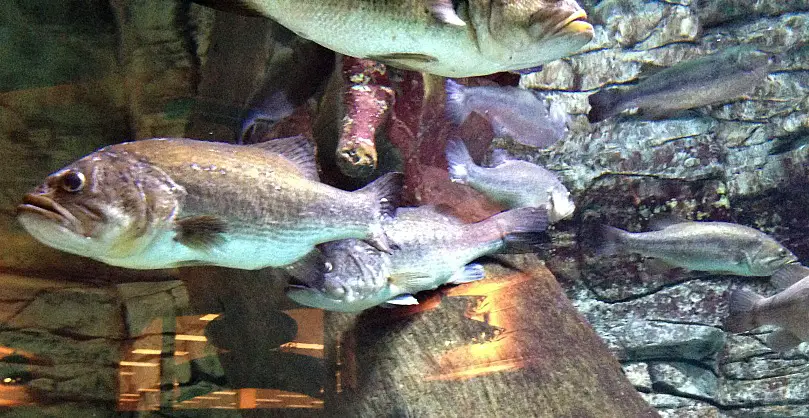
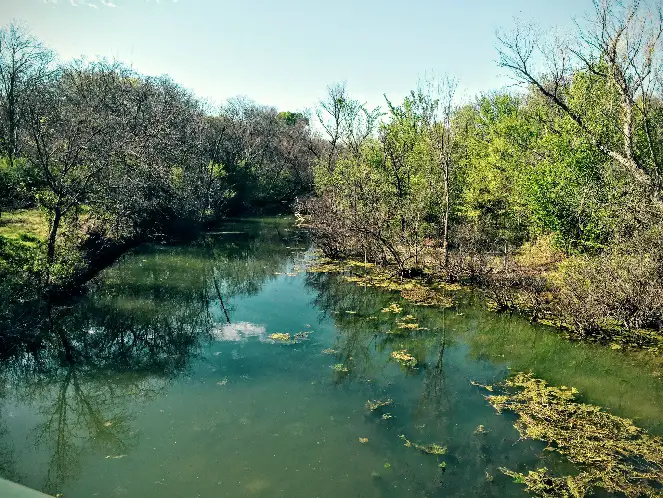
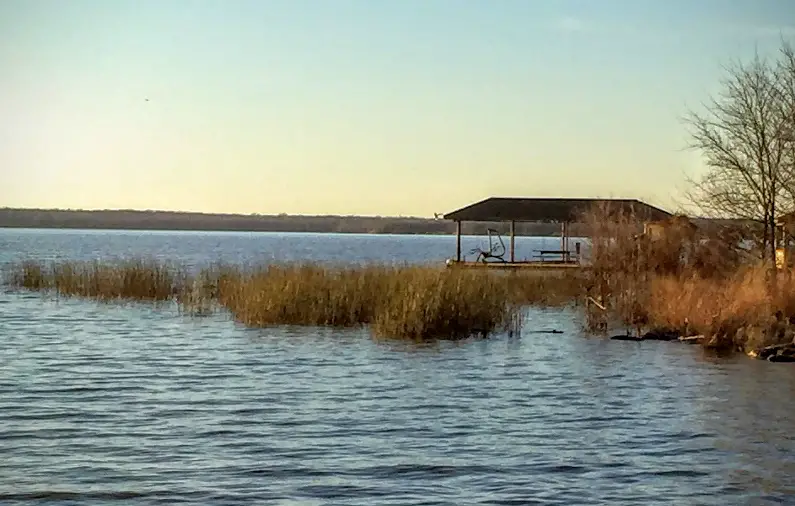
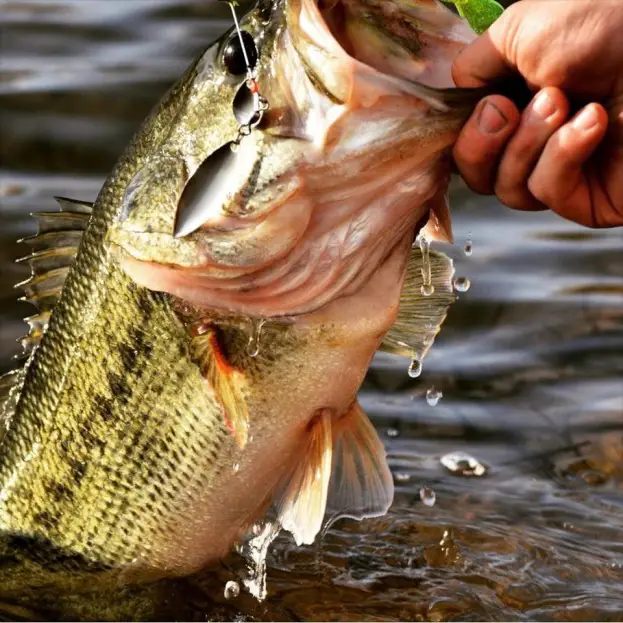
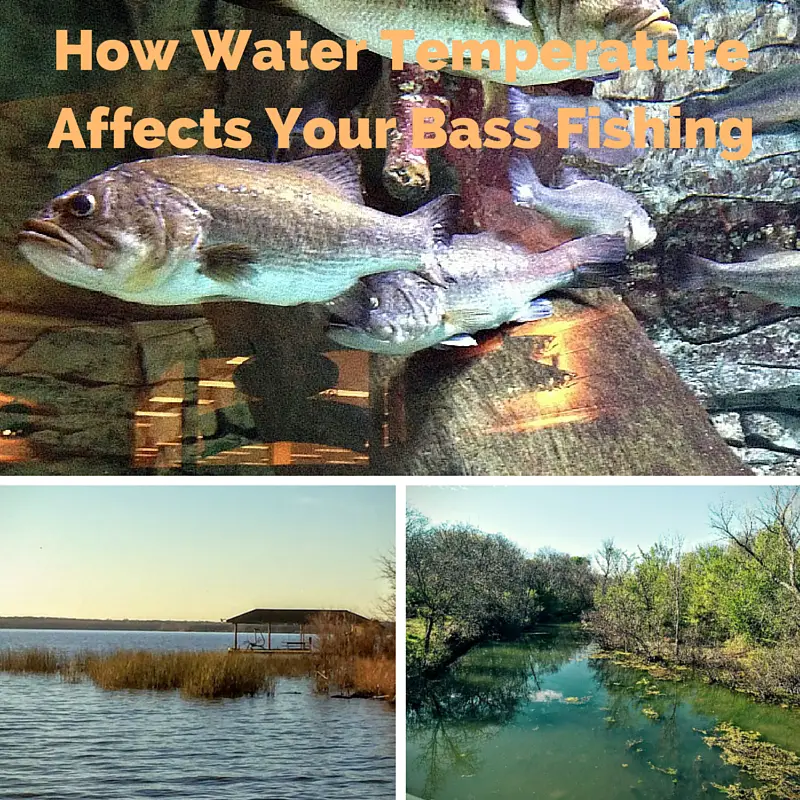
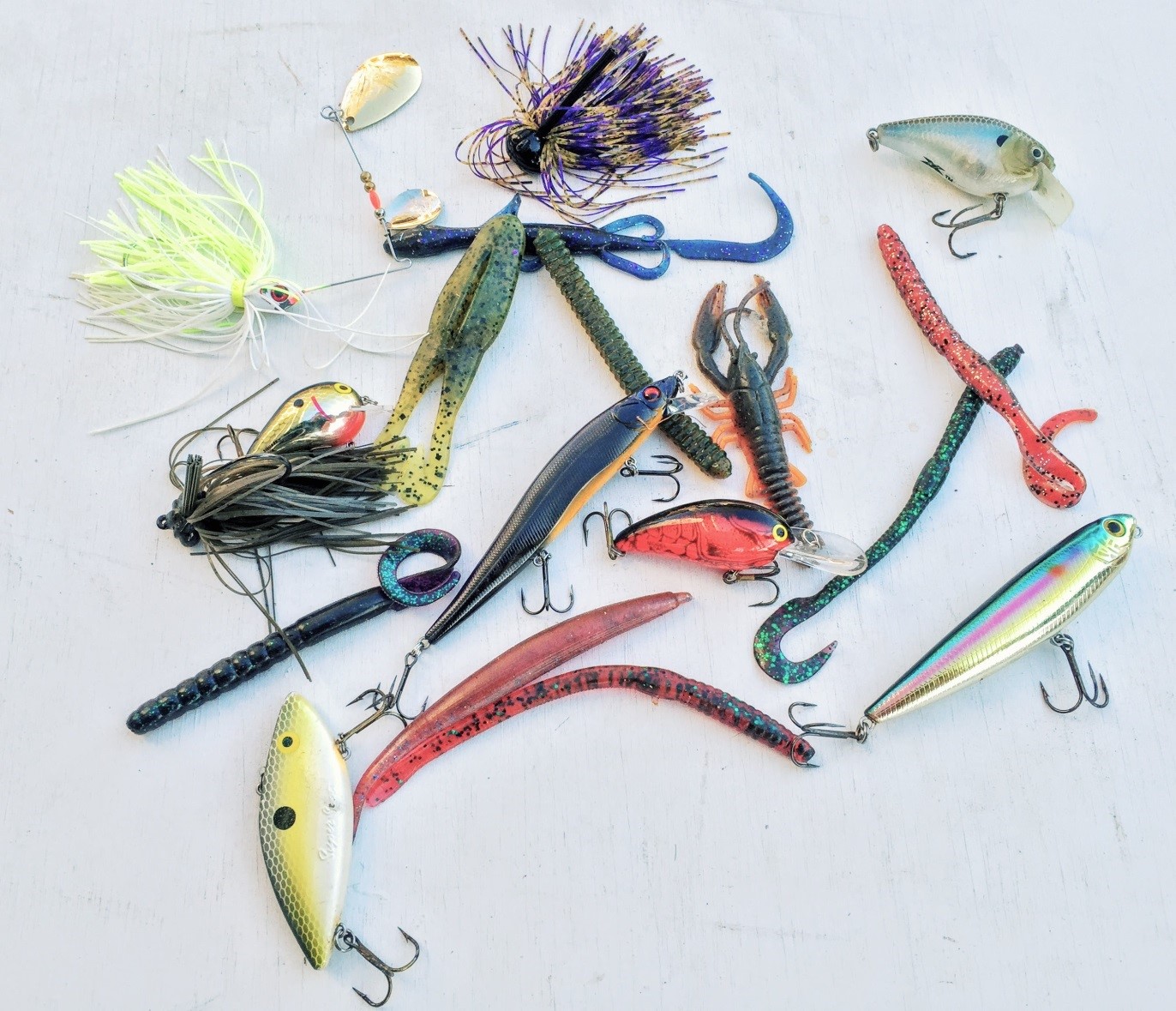
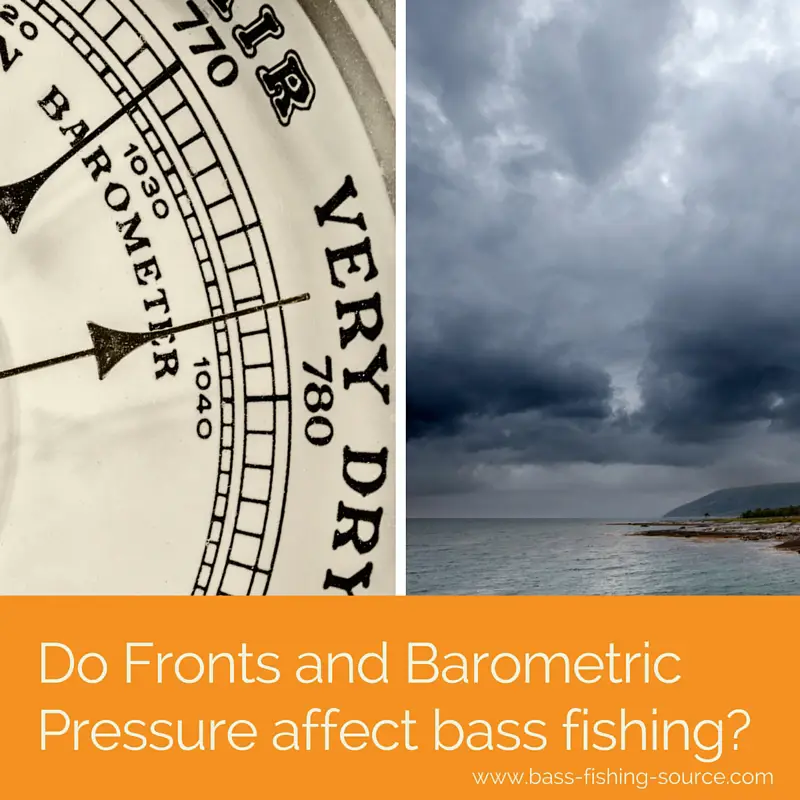
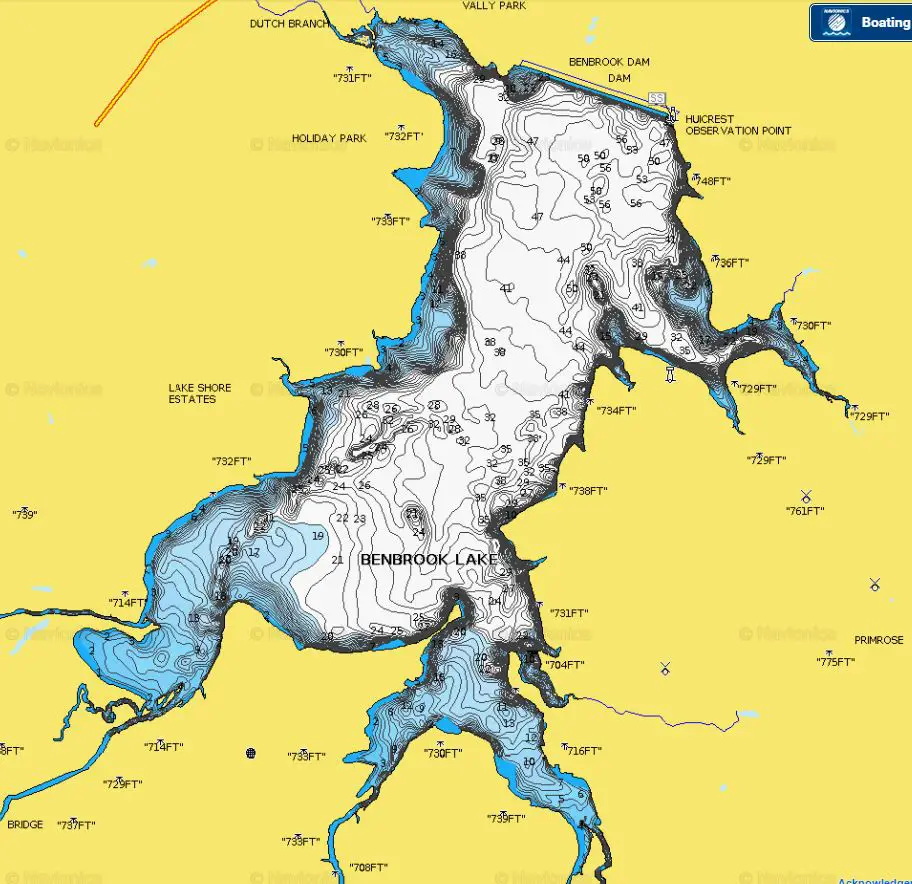
New! Comments
Let us know what you think! Leave us a comment in the box below.